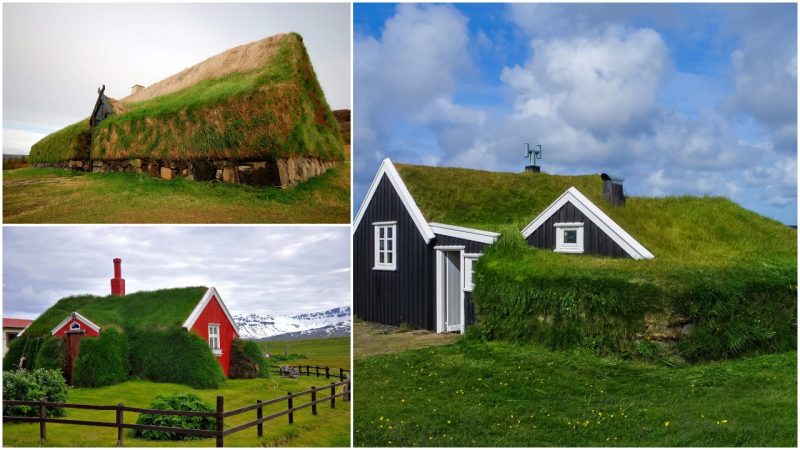There are about a gazillion reasons why Iceland should be on everyone’s bucket list. The fairytale-like turf houses are a reason more.
The picturesque turf houses in Iceland known as torfbæir are major attraction among the visitors on the island.
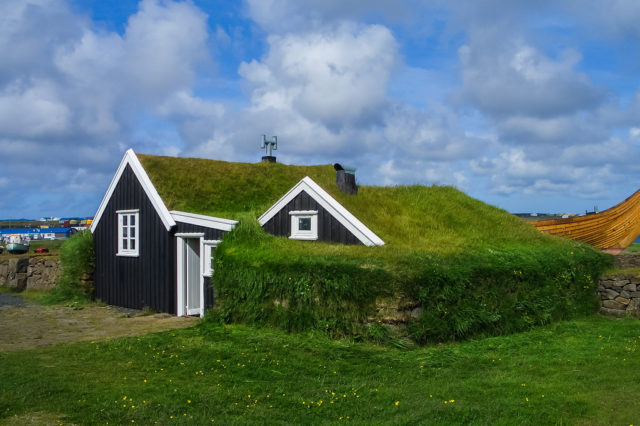
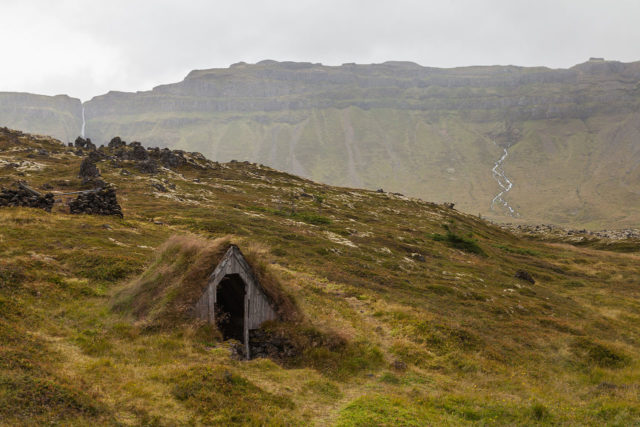
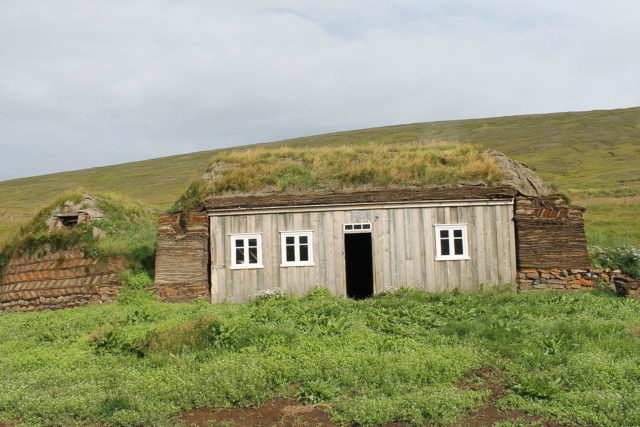
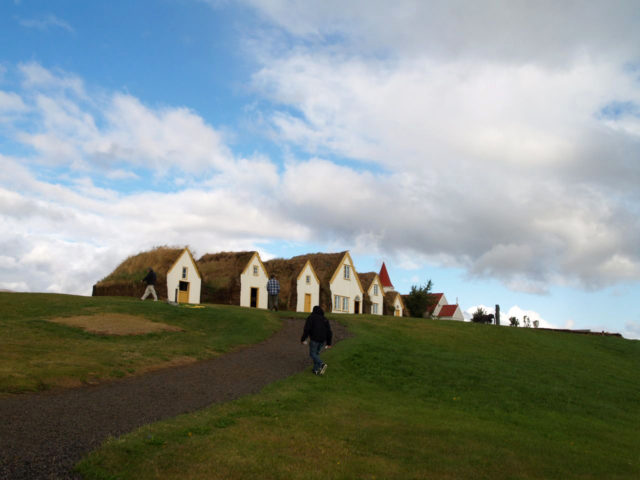
The harsh climate conditions in Iceland made it practically impossible to build a structure solely made of stone or wood; turf offered far superior insulation.
When first settled, 30% of Iceland was forested, mostly with birch. Even though the preferred timber for building Norse halls in Scandinavia was oak, the native birch had to serve as a main framing material on the secluded island. However, there was an abundance of turf that was suitable for construction.
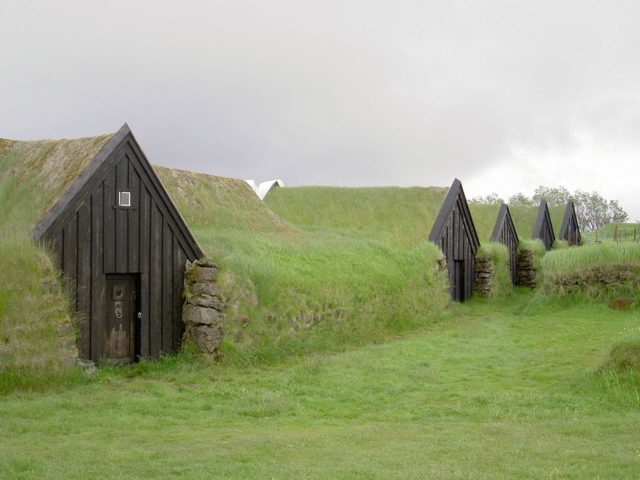
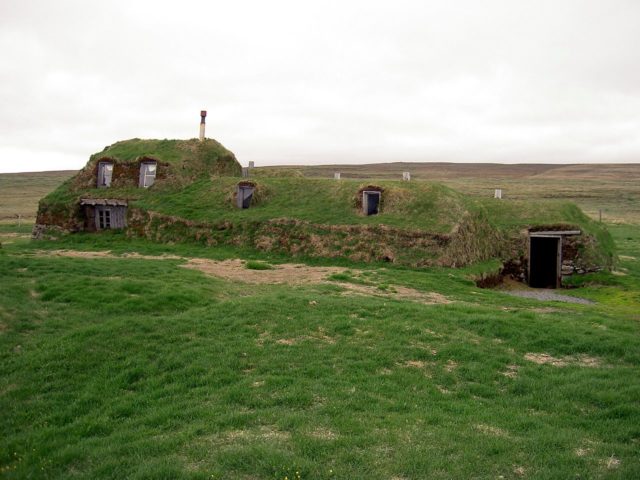
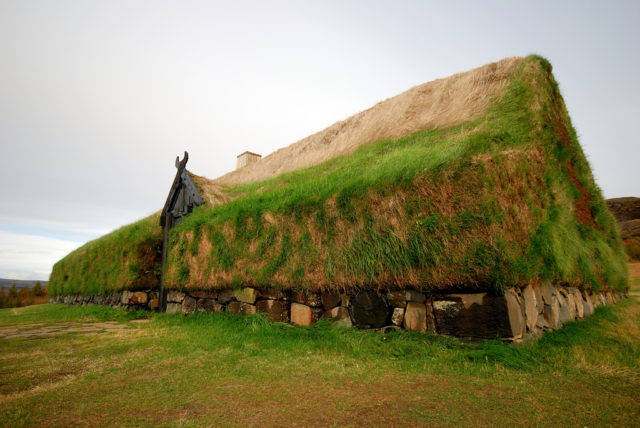
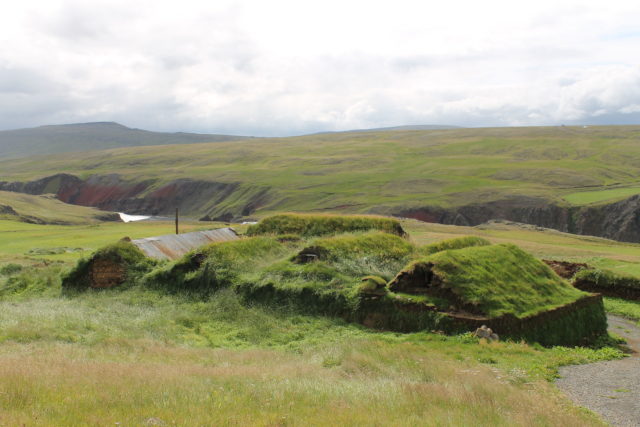
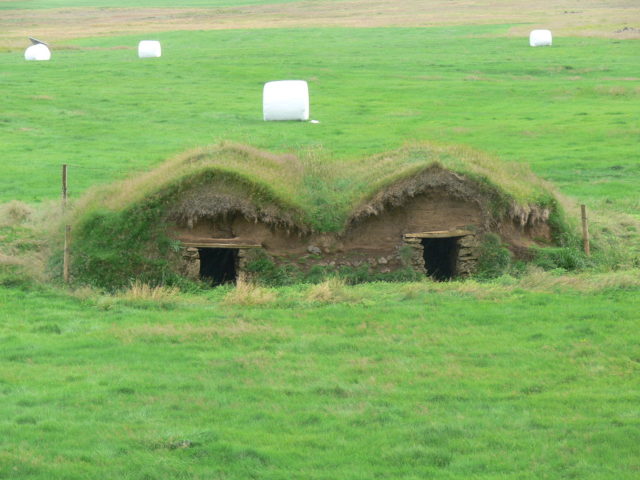
The traditional Iceland turf house would have a large foundation made of flat stones, and a wooden frame which would hold the turf. The turf was then fitted around the wooden frame in blocks with a second layer or in the more modern herringbone style. The only external wood was the doorway.
A fascinating aspect of the Icelandic turf house was the advent of attached toilets, which were communal, and the act of going to the bathroom was commonly done in large groups.
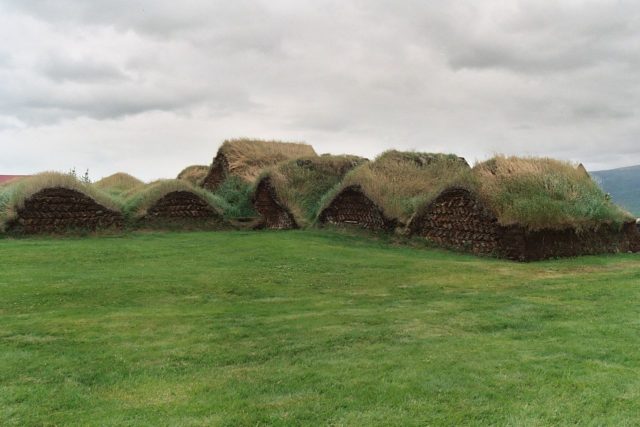
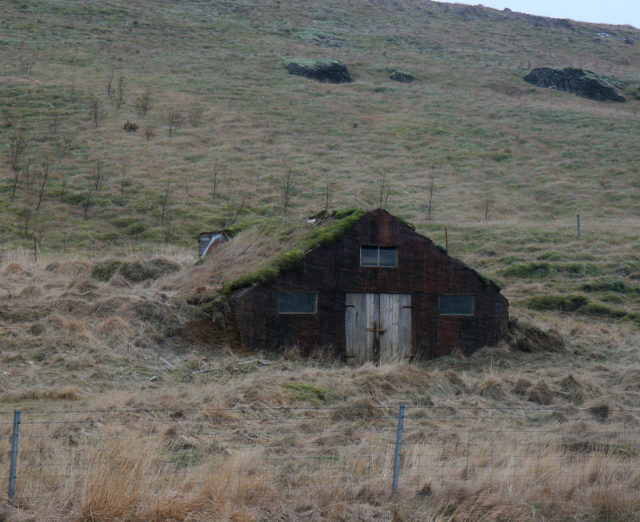
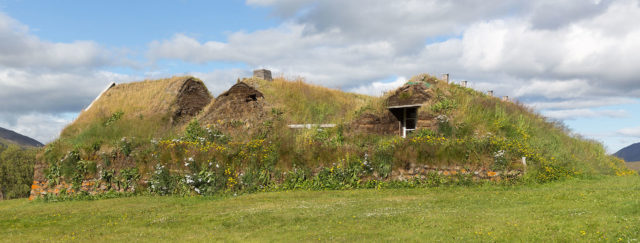
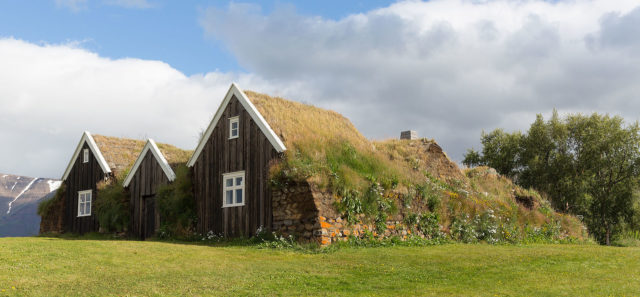
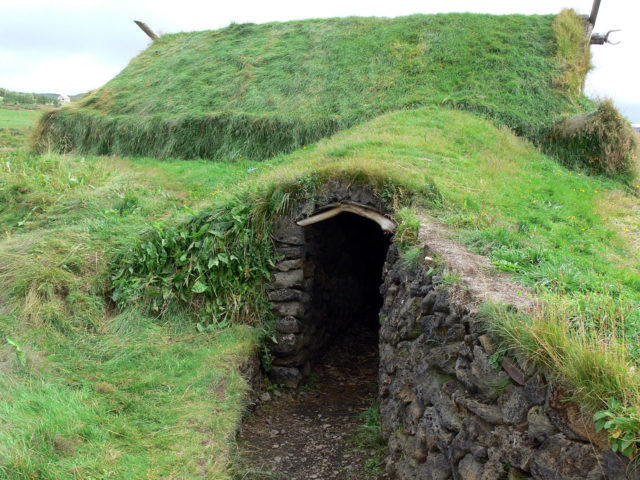
Icelandic architecture evolved in many ways in the more than 1,000 years the turf houses were being constructed. In the 14th Century, the Viking longhouses were deliberately abandoned and small, specialized, interconnected buildings were built instead.
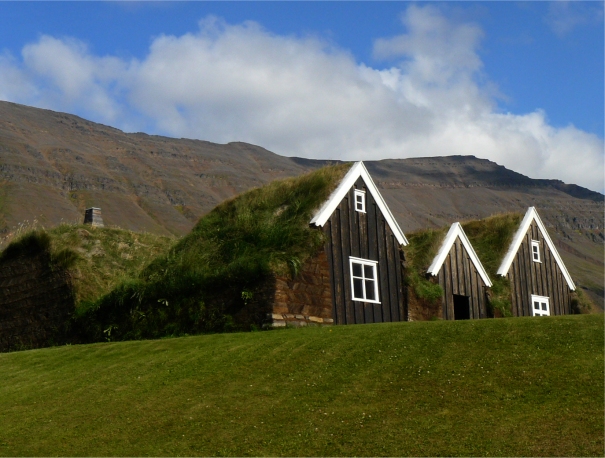
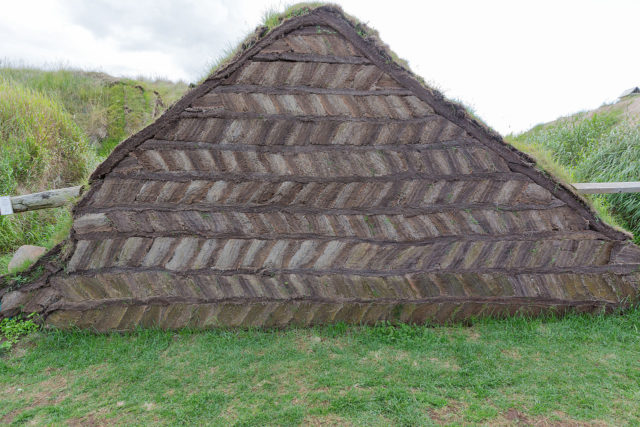
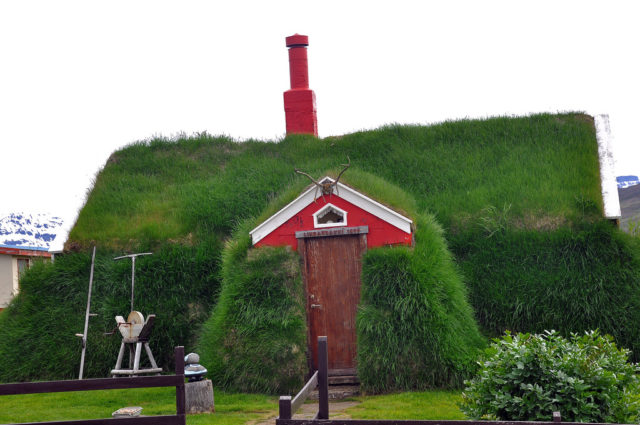
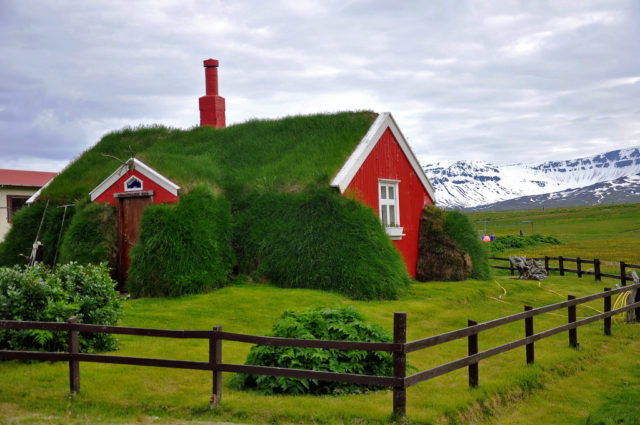
In the late 18th century a style known as the burstabær started to gain momentum and is the most popular version of the Iceland turf houses.
